It has now been 1 1/4 years since the last significant rain here. Soaking rain that flowed across the ground and filled the dams. We have had only showers and light rain that we harvest on our tin roofs and then collect in our water tanks.
When is the best time to buy a new water tank? – Last year!
We have just added a new water tank to the little railway station that we bought 40 years ago and moved here to sit next to The Old School building that we live in.

The new water tank is made out of plastic. I’m not too keen on holding water in plastic, even if it is guaranteed to be virgin, food grade, plastic. All the old water tanks were made from galvanised steel and soldered at the joints with lead solder – not good! Then the later metal tanks were made from zincalume plated steel with silicon rubber sealed joints. I wasn’t too happy about that either. They rusted out very fast too. A complete waste of money. The last metal tank that we bought was made from galvanised steel sheet, but the metal surface had plastic sheeting melted onto it. A process called ‘aquaplate’ , and it was still sealed with silicon. With these options all being less than perfect, we decided to try a plastic tank this time, as it’s no different to plastic lined steel – and the plastic tanks are half the price of the galvanised steel ones now.
I made a galvanised steel ring to hold the 100 mm. of coarse sand base in place. I cut up a small piece of 1m galvanised steel scrap sheetmetal and guillotine it into 6 long, thin strips. Then I welded them all together end to end, to make a 6 metre long strip and loop it around to join it back into a 2 metre diameter ring. It looks like it’s almost professional.

I bodgie up a makeshift tap out of parts that I have in the shed. Within an hour of deleivery, the tank is installed, connected and half full of water pumped from another tank, to keep it from blowing away. Which is a distinct possibility it were to be left empty for any length of time.
If this is the future of our weather that we are experiencing. We need to get ourselves prepared. After the last long drought we installed a huge 120,000 litre water tank that collected water from the over-flows from the 3 big roofs. The pottery, the kiln shed and the barn. All that water used to just over-flow from the small tanks on each roof and was then lost onto the ground. We now collect all that excess and it is this water that we are now relying on for the house and also for watering the garden and orchard trees. This can’t last, we will eventually run out. We have so far used 1/4 of our water storage. Eventually we will have to buy drinking water, just like our neighbours on both sides are doing now. Every couple of weeks we hear the water truck grind up the dusty dirt road and then the petrol motor pump starts up and roars into life for the 30 minutes or so that it takes to discharge its precious load into their empty water tanks.



Each time a car drives past our house along the dirt road these days, it stirs up the dust which rolls across the front of our land and settles on everything coating the whole of our land in a very fine airborne silicosis causing layer of fine dust. It’s in our hair and our lungs, you can’t filter it out. It creeps in under the doors and in through the cracks around the windows. Everything in the house slowly gets coated in it. We have to mop the floor every couple of days and wipe down the shelves. It also settles on all the leaves of the trees and particularly on the solar panels. I need to wash them down every week to keep up their performance. I wipe the Blueberry leaves with a wet finger, and you can see the layer of dust become more apparent.




After I finish washing the panels, the water in the bucket is black.
This road didn’t used to be this bad, but recently the local council graded the dirt road and applied a thick layer of what looks like steel-works slag. It has broken down to a very fine dusty substance – whatever it is. It’s horrible. I wrote to the council and complained, but after ten days I got a phone call to say that this road isn’t on their 10 year plan for re-surfacing, so we will have to live with it for the next decade at least. The council man suggested that it might be wise to expect a wait of 15 years! As there are many other country roads ahead of us on their list.
I’m not too sure that I’ll live that long, especially with all this dust in my lungs!



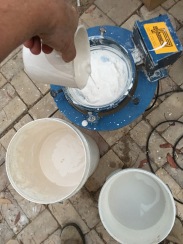



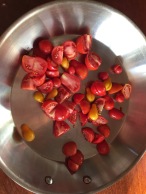



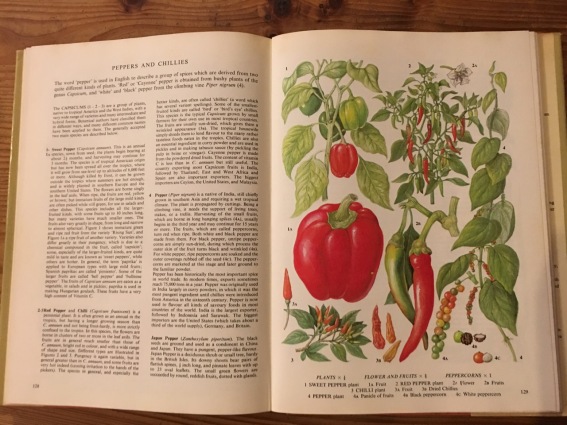


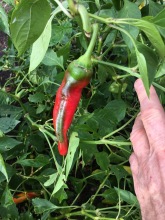


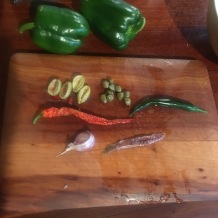








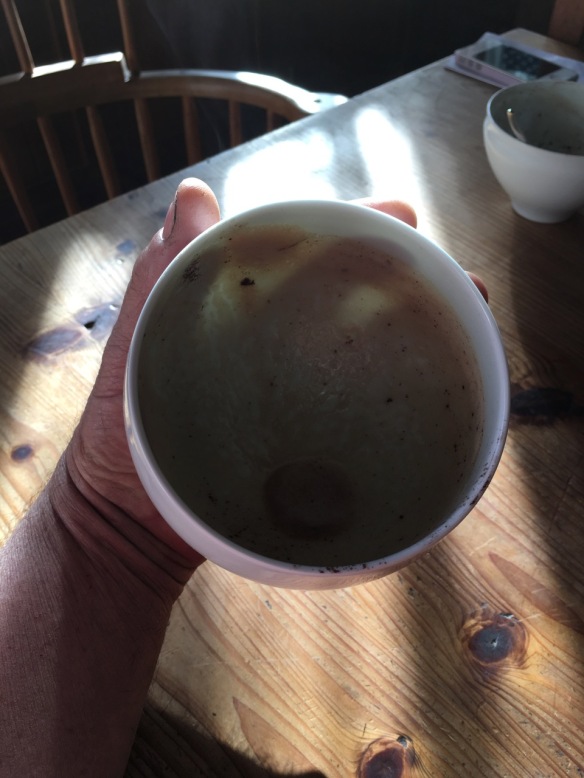

You must be logged in to post a comment.